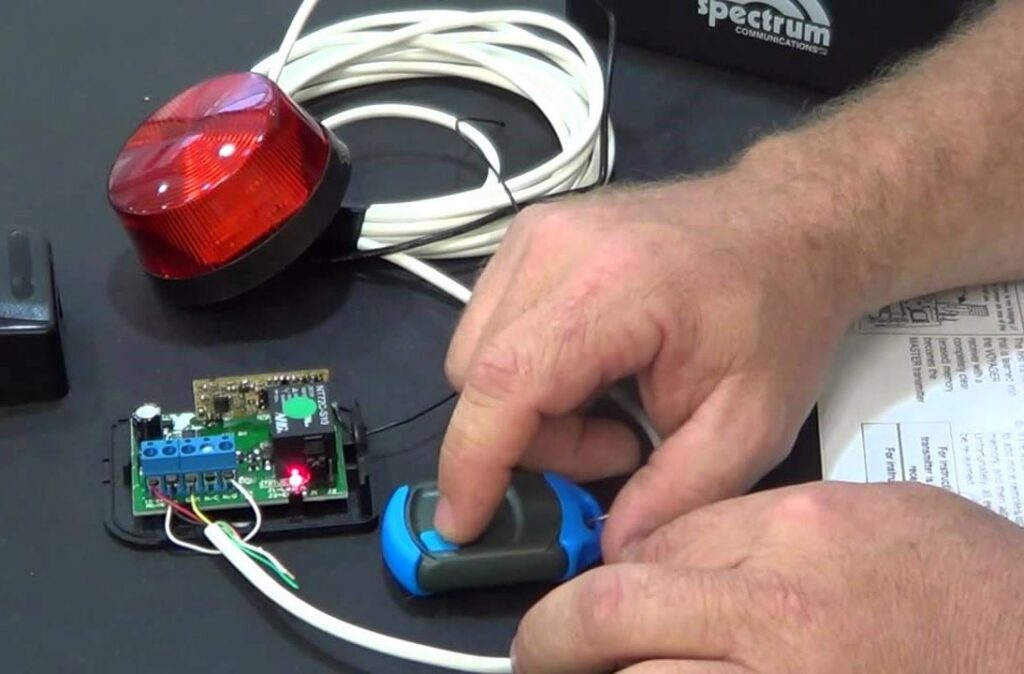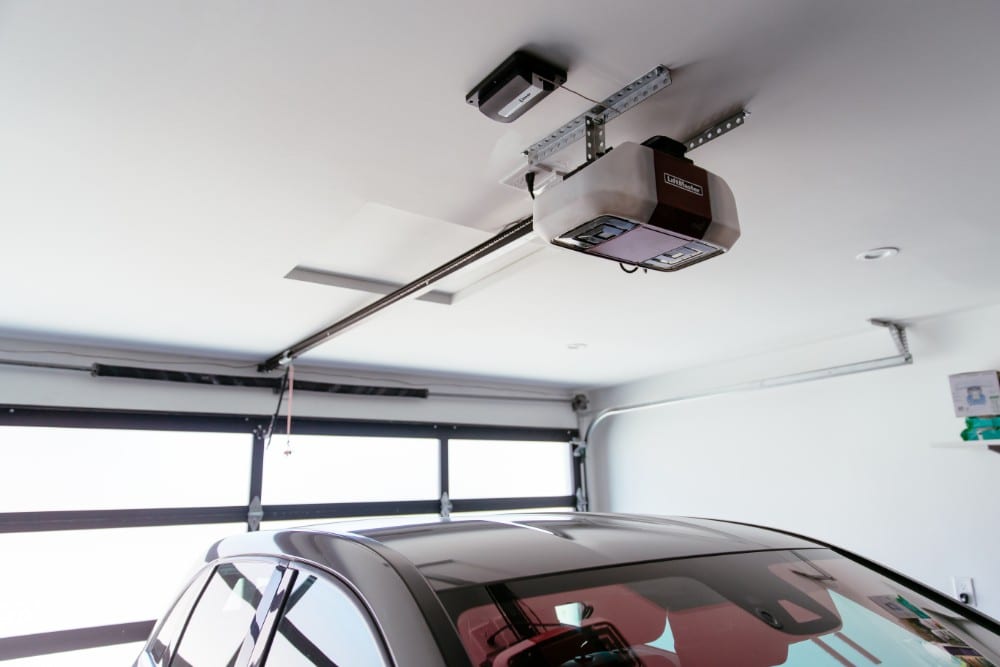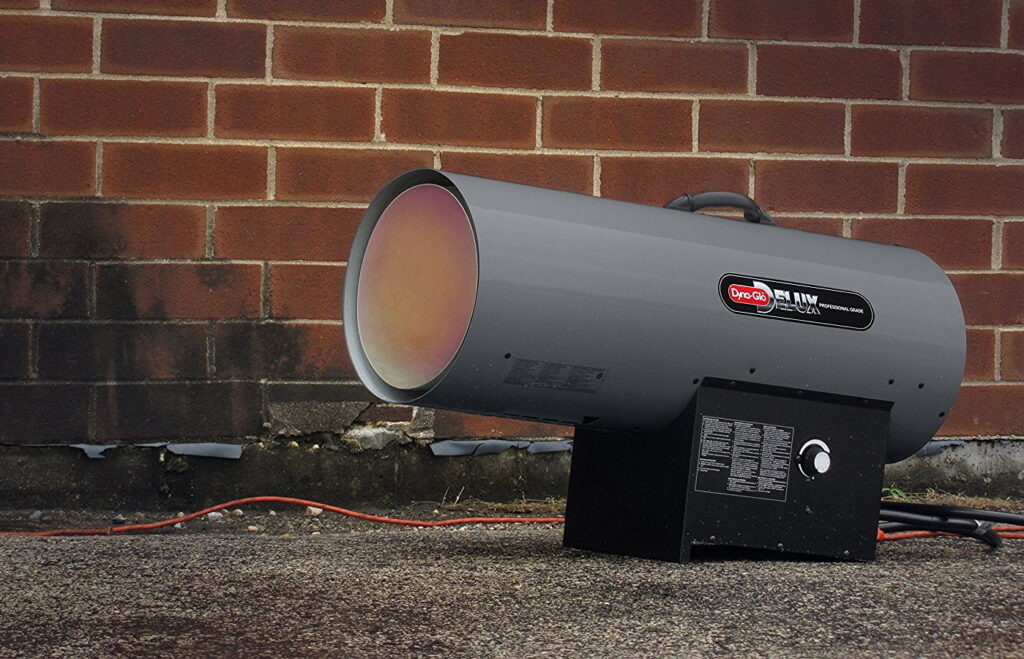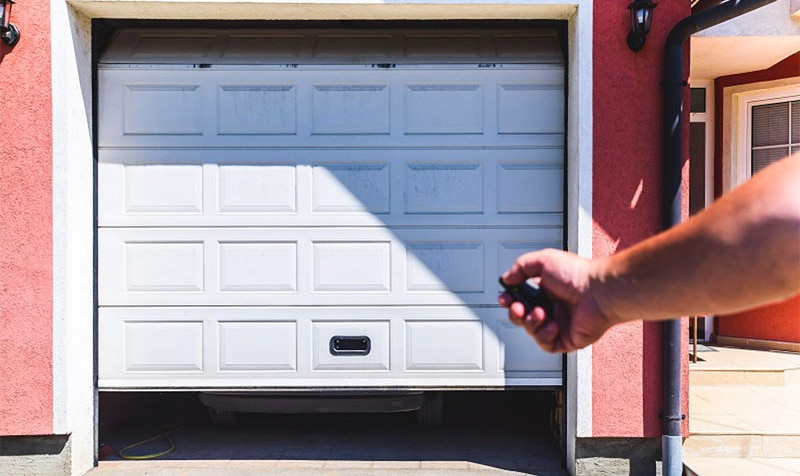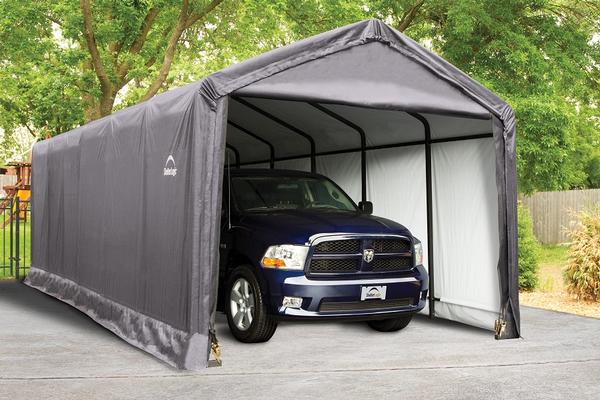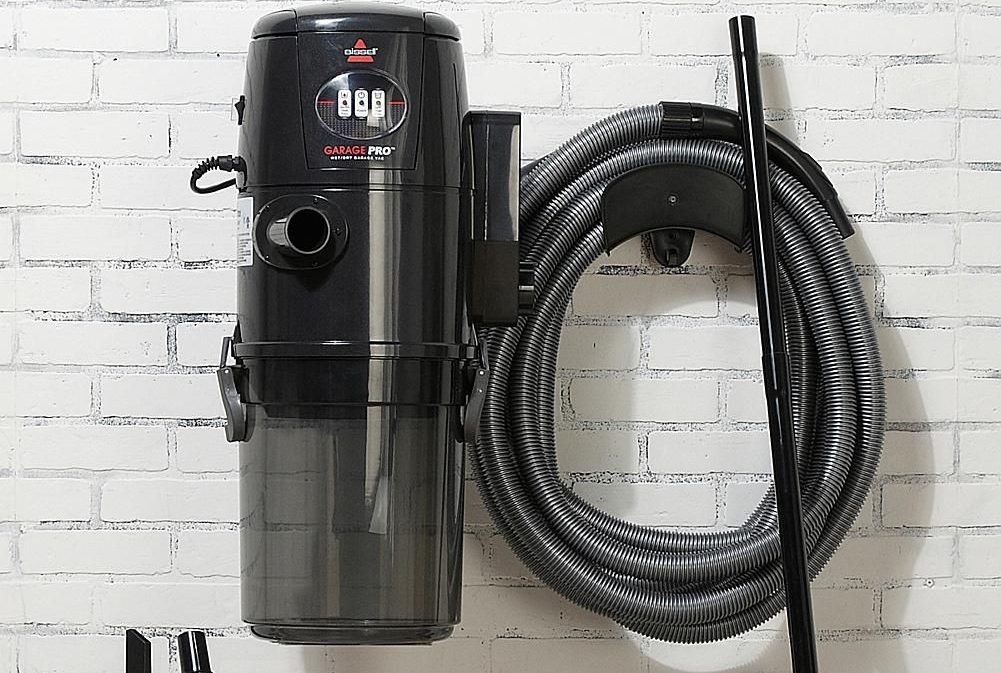If you live in a cold climate, your garage is likely to be chilly on its own. The same can be said for all garages in warmer conditions. To begin utilizing the garage as a room, workshop, etc., the first consideration usually has to make it less chilly. There’s no better place to begin than heating your garage, but there are many ideas on how to heat your garage space, and sorting through all of them for the best option could prove stressful. We are here to help.
In selecting a method or methods of heating the garage, some factors should be considered to make the most efficient and cost-effective option. These factors would be touched upon after some of the various ways the garage can be heated have been considered and analyzed.
There are multitudes of ways to go about heating a garage. Many of these have their pros and cons, and, as such, the conditions of the areas and other factors should come into play when selecting a suitable heating method.
Some of these methods are:
The first step that should be considered when planning on heating a garage is the insulation of the garage space. T he very fact that the garage is not insulated against heat loss could lead to a higher electricity bill Trusted Source Do the math before deciding whether to insulate a garage door - The Washington Post Check your weatherstripping, walls and ceiling first. They might be the source of the problem. www.washingtonpost.com when you start using heaters. Rather than accruing this increased bill, why not just insulate the garage from the beginning.
Just like the other rooms of your home, the insulation would need to be complete for it to have the desired effect. This would mean insulation of the floors, walls, doors, ceilings, etc… You could even take it a step further, using plastic shrink film to cover the windows in cold climates as a means of reducing heat loss.
In the case of the floors, cold air could be infiltrating your space through cracks in the floor, and the best way to provide floor insulation that would prevent that is to use a mat or floor covering. Before doing this, though, you can seal whatever cracks are present with expanding foam insulation for better protection.
The garage walls can be insulated with Cotton-fiberglass batt insulation, Cellulose blown-in insulation, or injection foam insulation.
Electric space heaters generate heat within the room by using an in-built electrical source. All you have to do is purchase one and plug it in. some of the pros of using an electric space heater are:
Some of its cons are:
Some of the cons of an electric space heater are covered if a mounted electric heater is used instead. These heaters are suitable for large rooms and should heat the whole garage. They are also affordable and have an auto-off function that confers more safety from fire hazards
The combustion space heater generates heat for the room using a separate fuel source such as kerosene and propane. Some of the pros of a combustion space heater are:
Some of its cons are:
Alternatives to the combustion space heater that operates on similar principles are the sealed combustion heaters. These heaters require ventilation or a venting connection because they vent exhaust outside the garage, making them more suitable for a workspace. They are also energy efficient but are also not ideal for a large garage as they possess limited space heating capabilities.
This method is relatively more aesthetically pleasing than the others on this list, and it most resembles a central heating system. However, unlike a central heating system, it doesn’t require a connection to an existing duct system or the installing of ducts.
Instead, the system generates its heat using both an outdoor compressor and an indoor air-handling unit working in concert. Some of the pros of the ductless heating system are:
Some of its cons are:
This is one of the most efficient ways to heat a garage, and a radiant heater generates heat and, unlike other heaters on this list, heats a surface rather than the surrounding air. Some of the pros of the radiant heaters are:
Some of its cons are:
A highly recommended radiant heater is the Mr. Heater F232000 MH9BX Buddy Portable Propane Radiant Heater.
In selecting a heating method to be used in the garage, a few factors should be considered. These factors affect not just the effectiveness of the heating system but also its efficacy and cost-efficiency. Such factors are:
The type of heater used in heating the garage must be suitable for its size; otherwise, the heater might struggle to meet the needs of the entire garage, and its function might be limited to just a small area around it. Also, getting a heater more suitable for a large garage would not be financially sound when purchasing a small garage.
Many garage walls are constructed with very little consideration for heat-trapping and insulation. They are usually just covered on the outside with sheathing or siding. To help with the heating process, you could insulate the walls using any suitable method and finish up the job by installing drywall panels or plywood sheets.
Even after insulating the garage walls, door, floors, and windows, there might still be several gaps to the outside that allow cold drafts to blow into the garage. The most likely sources of these drafts are:
The best method for floor heating is radiant heating. One of the biggest disadvantages to using these radian heaters on floors is the difficulty of having them installed. Still, if the garage is just being built, it should be considered and even giving priority.
I have covered some of the heaters used within a garage space and the factors to be considered in choosing a suitable heater. Above are also some other considerations that could be made to prevent heat loss in the garage better.
However, that isn’t all there is to this. There also exist other heaters such as infra-red heaters, convection heaters, and the likes that could be utilized as well. They also possess the individual pros and cons regarding use in a garage space, but they can be effective if used correctly.
As is obvious, there is a lot to consider when considering how to heat a garage, and expert advice would go a long way in helping to sort through the muck.
